

Imagine needing a parcel or an urgent item delivered at the very last minute, maybe even within the hour. The concept of a last minute delivery application centers around digital platforms designed to facilitate these swift, on-demand deliveries. Unlike traditional delivery services, these applications cater specifically to users who require speed, flexibility, and immediate response to late notice requests. Harnessing technology, GPS tracking, and real-time matching with available couriers, these platforms are transforming how urgent deliveries are handled in cities worldwide.
Last minute delivery applications work by connecting senders with a network of available couriers who are often already on the move in the area. The moment a user places a request, the platform processes the details, assigns a nearby courier, and ensures prompt pickup and drop-off. Many also support package tracking, delivery confirmation, and essential communication features, making the process efficient and user-friendly. The convenience and reliability offered have made these applications increasingly popular for businesses and consumers alike.
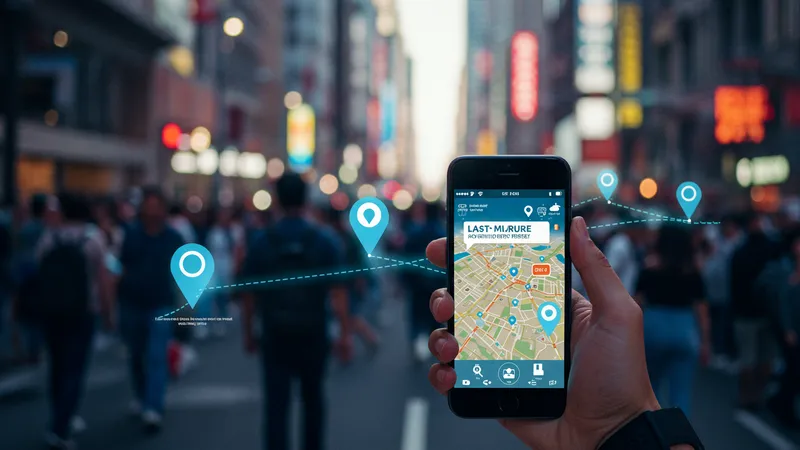
One major advantage of these applications is their ability to leverage existing transportation networks and technology. For instance, Uber Connect utilizes drivers who are already working within the city, allowing for rapid assignment and efficient movement. This model not only speeds up the process but also maximizes resource utilization and minimizes idle intervals for couriers.
Understanding pricing is critical for users comparing these apps. While all platforms provide fast service, fees vary significantly based on distance, item size, and urgency. Some services—like FedEx SameDay or Courier—target business clients requiring strict timelines, which can lead to notably higher costs. Others, such as Gopuff or Shipt, focus on everyday essentials and groceries, keeping delivery affordable for consumers seeking convenience rather than expedited transport.
User experience is also defined by features like real-time tracking, notifications, and reliable communication between sender, courier, and recipient. Applications like Postmates and DoorDash have honed these systems, providing frequent updates and digital proof of delivery. Such transparency builds trust and smoothens the process, particularly for items of high importance or value.
The industry itself is evolving quickly, with customer expectations pushing providers to innovate around delivery speed, security, and service integration. Businesses and individuals alike are now exploring how these platforms can support time-sensitive needs—from forgotten documents to last-minute gifts—driving growth across diverse markets. Some even support scheduled pickups and recurring routes to accommodate businesses that face frequent urgent deliveries.
In summary, last minute delivery applications are a fusion of advanced logistics, intuitive technology, and real-time community networks. The next set of details dives even deeper, exploring what sets these top platforms apart and how different use cases impact service choice. The deeper details reveal even more valuable insights ahead...
Last minute delivery applications rely heavily on real-time GPS tracking and precision-driven matching systems. These features ensure that couriers are efficiently routed, pick-ups and drop-offs are coordinated rapidly, and users remain informed throughout the process. Services like Uber Connect and Postmates have built user trust by allowing both senders and recipients to follow deliveries on their smartphones, minimizing uncertainty and improving satisfaction.
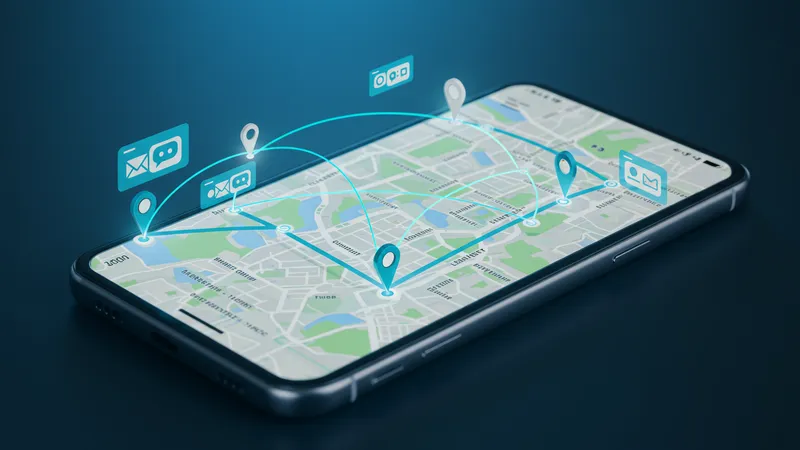
Another important dimension is how these platforms manage communication between all parties. Integrated messaging systems or instant notifications keep users updated on courier arrival times, adjustment requests, or unexpected delays. DoorDash, for example, streamlines driver-to-customer communication, reducing friction when last-minute changes occur and enhancing reliability for each delivery.
Customizable delivery requirements are also a distinguishing aspect among these platforms. Business-focused applications such as Courier and ShipBob Express allow clients to define service priorities—speed, documentation, package handling, or contactless delivery—tailoring each job to suit critical timelines and sensitive contents. This flexibility is particularly attractive to businesses with high-value or confidential shipments.
Lastly, the expansion of services beyond simple food delivery has propelled these apps into new domains. Platforms like Gopuff and Shipt are now recognized not only for grocery or essentials delivery but also for the ability to handle a wide variety of urgent needs. Whether it's pharmaceuticals, electronics, or forgotten personal items, the breadth of supported item categories is a major factor in platform selection for many users.
The competitive advantage of last minute delivery platforms often hinges on the range and density of their courier networks. Platforms like DoorDash and Uber Connect benefit from vast city-wide networks, enabling them to promise rapid responses even during peak traffic hours. Urban centers typically experience the fastest deliveries, sometimes achieving pickup-to-drop-off times under 30 minutes for local routes.
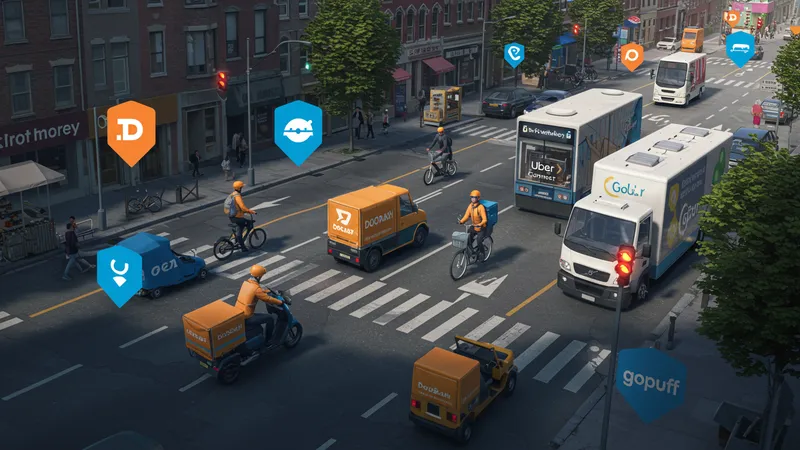
Delivery speed also varies according to order type and time of day. Services dedicated to essentials, such as Gopuff, utilize strategically positioned micro-warehouses and work around the clock to ensure 24/7 availability. In contrast, premium services like FedEx SameDay can guarantee tightly scheduled deliveries for business documents or critical packages that must arrive within a certain window.
Geographic expansion is a significant trend, with many applications gradually moving beyond metropolitan hubs into suburban and even rural regions. However, delivery times may lengthen where courier density is lower. Companies like Deliv and Jinn continue to invest in expanding coverage, striving for urban-level performance in less populated areas.
A related factor is how each service deals with unexpected challenges—traffic, weather, or high demand. Real-time optimization algorithms help prioritize routes, reallocating deliveries on the fly to accommodate urgent requests. These operational efficiencies are critical for maintaining user trust and minimizing delivery delays during unpredictable periods.
Customer satisfaction in last minute delivery applications is shaped by both digital and human elements. Intuitive interfaces, transparent pricing, and clear delivery windows contribute to a seamless ordering process. Users of Postmates and ShipBob Express often cite the ease of navigating platforms and the reassurance provided by step-by-step notifications throughout the order lifecycle.
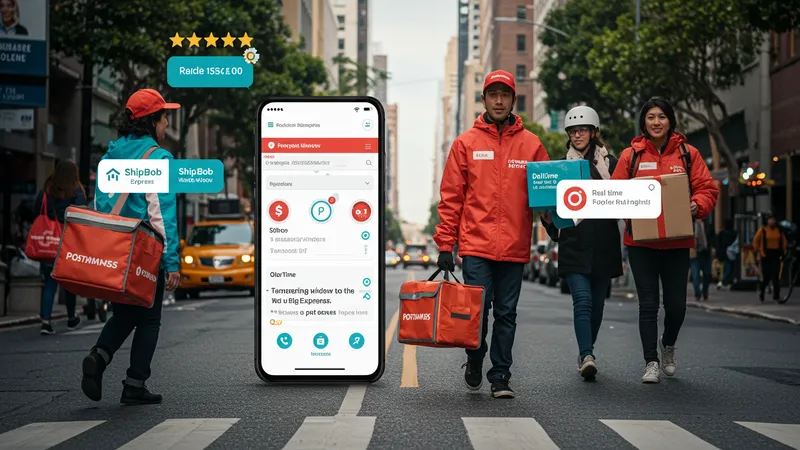
Reliability hinges on the accuracy of courier assignment and the professionalism of delivery partners. High-performing platforms implement rating systems and continuous driver feedback. Companies like Jinn and Courier actively monitor and improve courier standards, ensuring timely arrivals and careful handling of packages—an attribute especially valued by repeat commercial clients.
Problem resolution is another pillar of customer experience. Rapid response teams and integrated support channels enable quick troubleshooting if issues arise. DoorDash, for instance, employs real-time chat and phone assistance, reducing stress for users facing unforeseen delivery complications or urgent adjustments in instructions.
Finally, user reviews and aggregate ratings heavily influence the reputation and continued growth of these services. Transparent feedback cycles not only drive improvements but also foster a sense of security, particularly when sending sensitive documents, high-value goods, or perishable items in last minute scenarios.
The landscape of last minute delivery applications is constantly evolving with advances in automation, predictive analytics, and integration with other digital services. Some platforms, such as Uber Connect and DoorDash, are experimenting with localized artificial intelligence to forecast demand surges and optimize courier allocation even further. This proactive approach helps balance real-time availability with user expectations for speed.
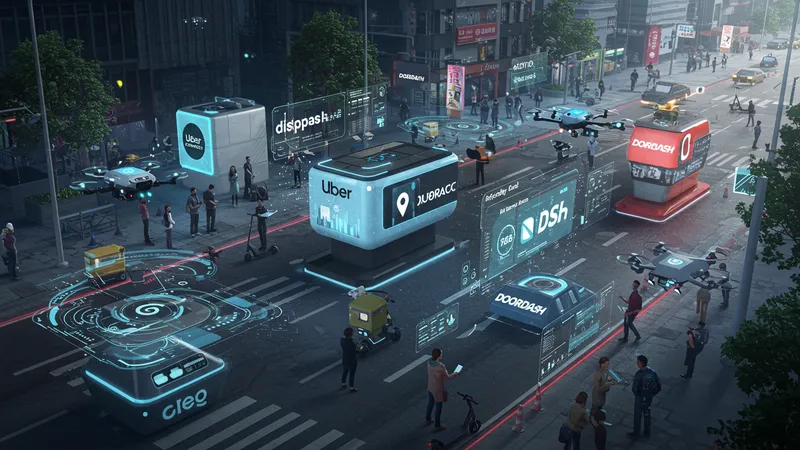
Another trend is the integration of last minute delivery functionality into broader company ecosystems. For instance, Gopuff’s expansion into non-food retail has broadened its appeal, while ShipBob Express works directly with e-commerce businesses to offer rapid fulfillment as a built-in option during online checkouts. This multi-sector convergence points to a future where urgent delivery is a core part of the customer journey across industries.
Environmental considerations are also gaining traction. Companies like Deliv and Courier are experimenting with electric vehicles and bike couriers to reduce emissions in dense urban zones. The movement toward sustainable delivery aligns with increasing consumer expectations for eco-conscious service without sacrificing speed or reliability.
Looking ahead, expect to see deeper personalization features, including delivery preferences, automated re-ordering for repeat urgent needs, and advanced security protocols for package drop-off. The progress of these innovations will likely define the next generation of last minute delivery applications and their role in global commerce and everyday convenience.